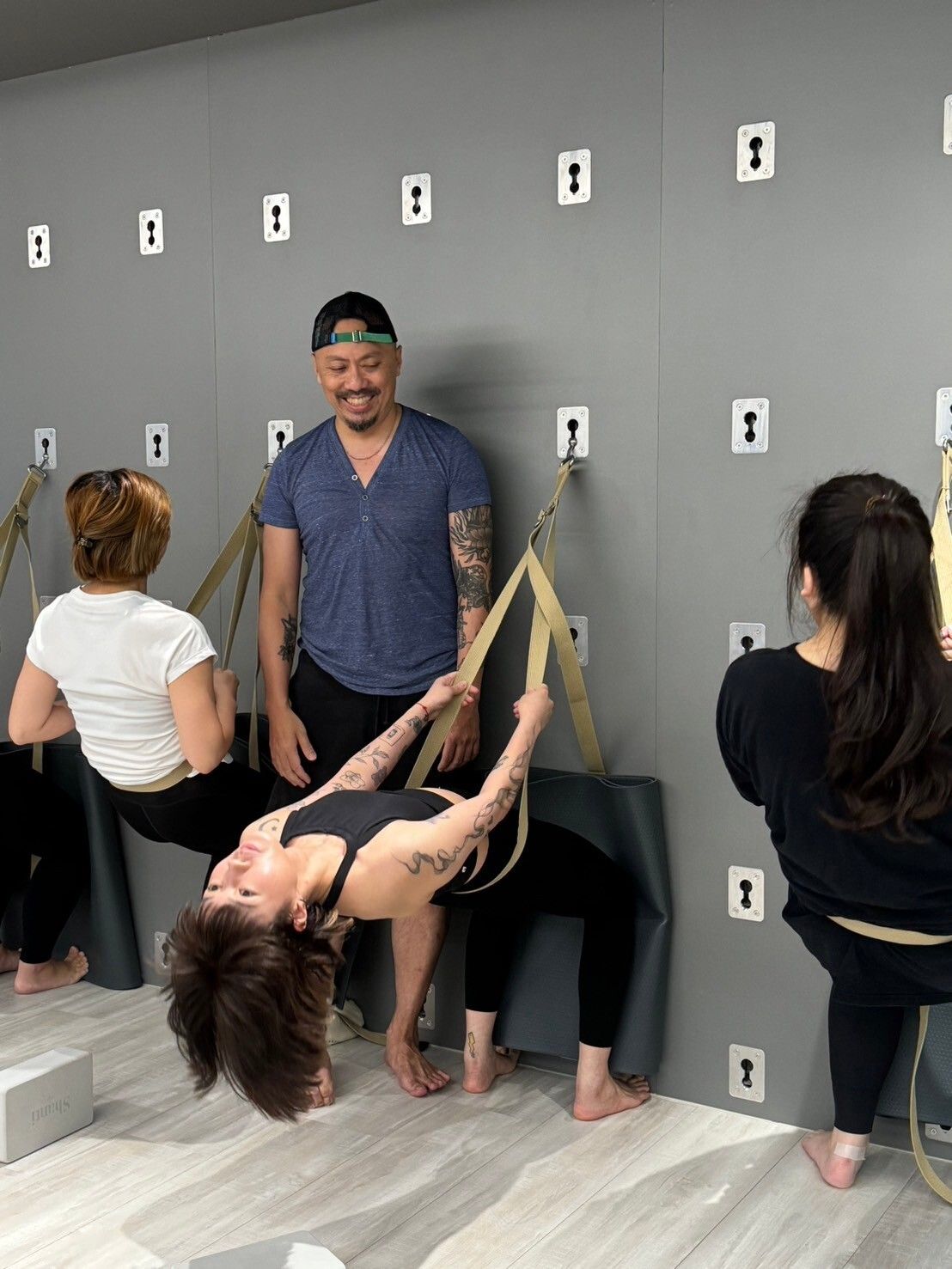- +3 Wellness
- Posts
- Uniting Mind and Body for Relaxation
Uniting Mind and Body for Relaxation

Me teaching the backbend fundamental class in the afternoon
Yoga serves as a profound mind-body philosophy—a tool to navigate life’s challenges. When our bodies feel out of balance, yogasana acts as a restorative force, releasing tension and fostering harmony. In today’s restorative class, the focus lies on understanding body sensations as the gateway to relaxation.
1. The Importance of an Honest Body
The body is an unyielding truth-teller. Despite attempts to mask emotions or pain, the body reflects our inner state through posture and movement. In private sessions, I often find that lingering pain is rooted in the body’s response to emotional stress. How we perceive ourselves shapes our physical reactions to the environment, making the study of the body crucial for self-connection.
2. Breath: The Bridge Between Mind and Body
Mindfulness begins the moment we sit down with closed eyes. With reduced external distractions, we turn inward, anchoring ourselves through breath. Known as Prana in yoga, breath is more than a physiological function; it is the life force uniting mind and body. Awareness of breath during meditation fosters introspection, prompting questions like, “What thoughts occupy my mind?” or “How does my body feel now?” Thus, attention to the breath is indispensable for journeying inward.
3. The Devil is in the Details
A common misconception in yogasana is that appearance outweighs awareness. True mastery lies in the subtle art of relaxation, transcending posture aesthetics. Often, inadequate breath support, evidenced by a hollow chest, results in tension and restricted breath. Mismanaged stress manifests physically, and paying attention to details like proper bolster placement, limb positioning, and joint support facilitates muscular relaxation. This approach teaches the body and nervous system the patterns of relaxation. Little adjustments matter; they foster a supportive environment where gravity and tension no longer dominate.
Relaxation is a learned skill, not an immediate response. Guiding someone to relax is challenging, as it requires patient practice and understanding of the body’s language. Yoga serves as an excellent starting point for this journey, cultivating a space for inner peace and balance.
Thank you for reading. I hope to hear from you about any thoughts or questions that you have. Write to me at [email protected] or subscribe to my newsletter